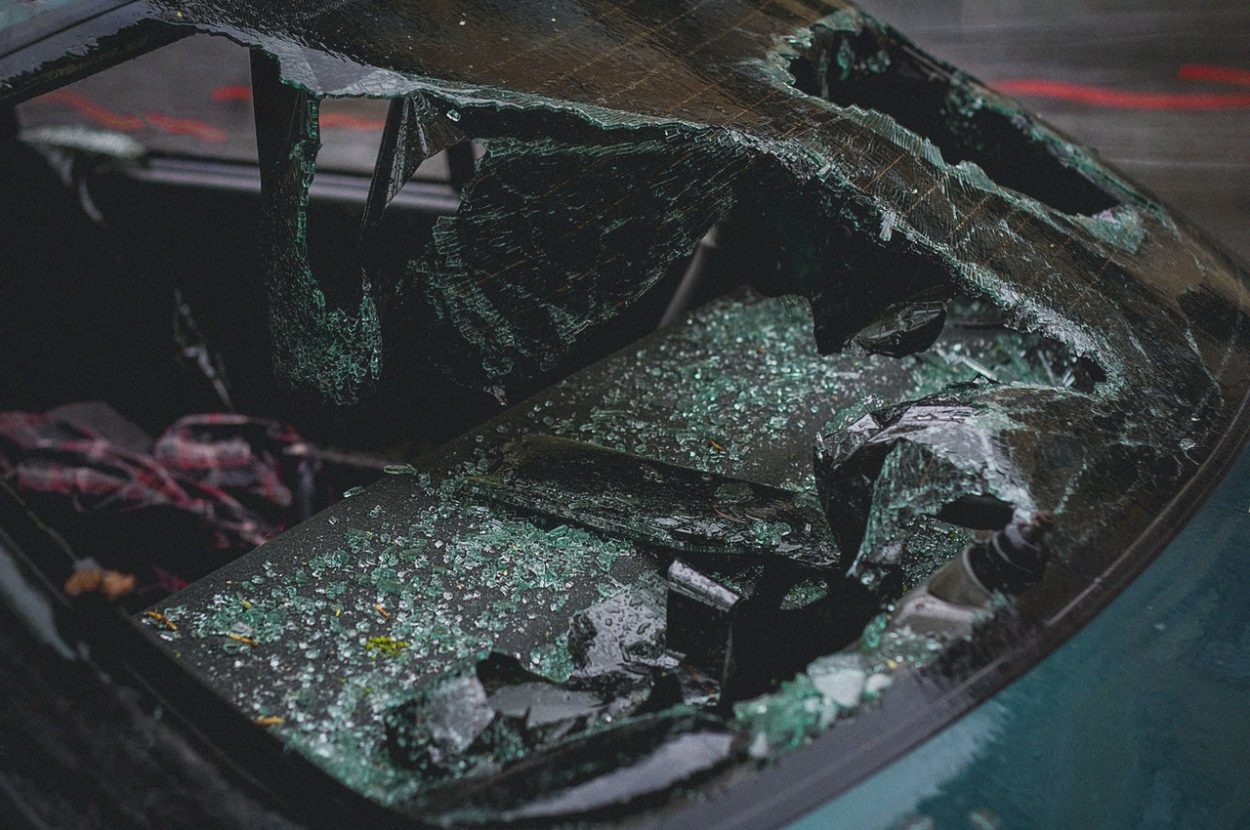If you lost your job today, how long could you maintain your current standard of living?
Or, what if your roof suddenly sprung a leak? Your car needs a new engine? In other words, how prepared are you to financially withstand a big expense?
Another way to look at this: Could you easily cover a $1,000 emergency? How about a $10,000 emergency? About 40% of people cannot cover a $1k expense without having to borrow money from friends or family, or use their credit card.
That’s an incredibly risky way to live life.
This is where your emergency fund comes in. It’s money that you’ve set aside for an unexpected expense. Don’t touch it unless it’s an emergency.
If you don’t have an emergency fund, here is how to set one up.
A couple of quick emergency fund tips:
- Separate your emergency fund into a dedicated savings account
- Aim for 6 months of living expenses in your emergency fund account
- And, use automation to make the savings process simple and painless
Your emergency fund is your lifeline. If you don’t have one, make it your #1 priority.
If you don’t have an emergency fund, check out my video on building one using easy-to-follow steps.
P.S. I talk a lot about this in my eBook, Big Money. If you haven’t picked up a copy, do so now. It consolidates everything that I’ve learned about money in the last 20 years of my life into one easy-to-read 50-page book.



